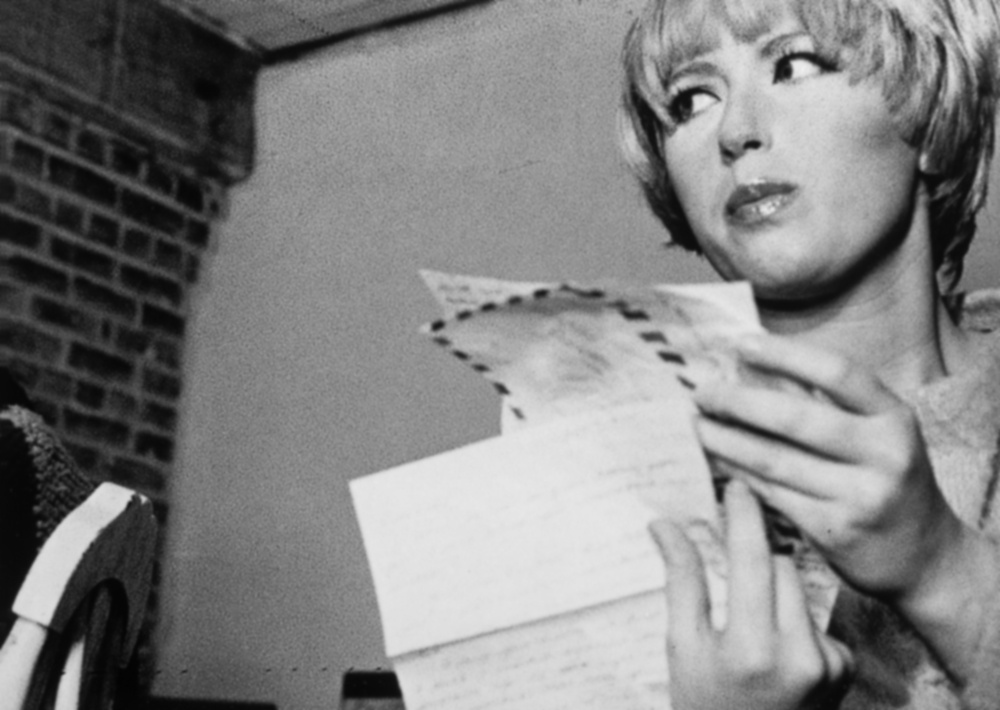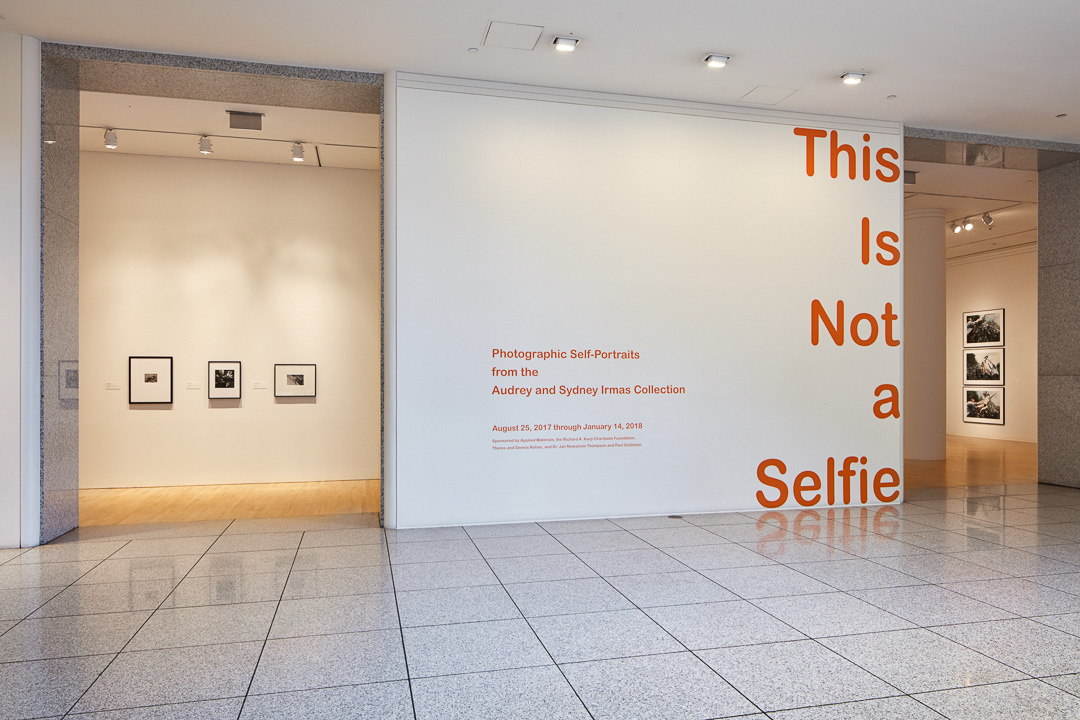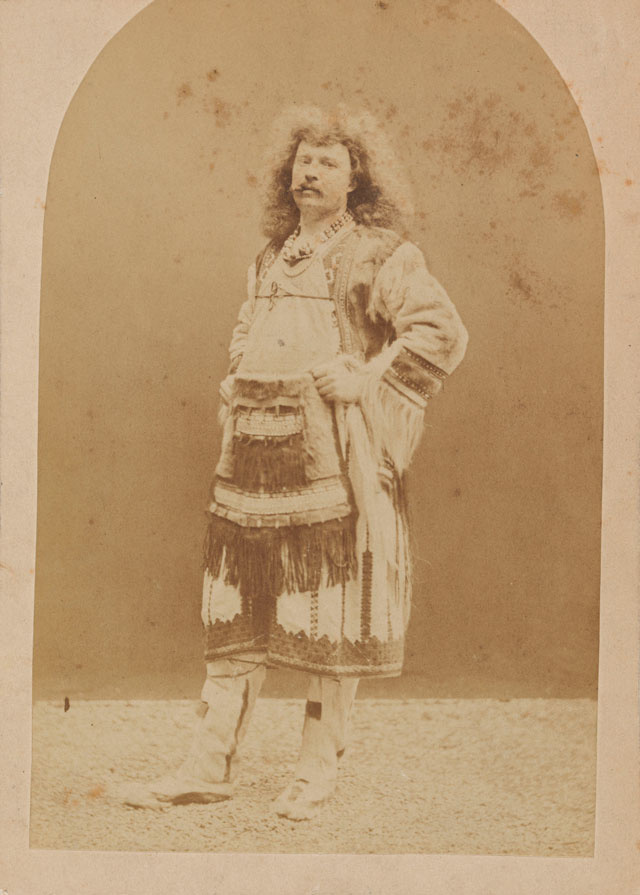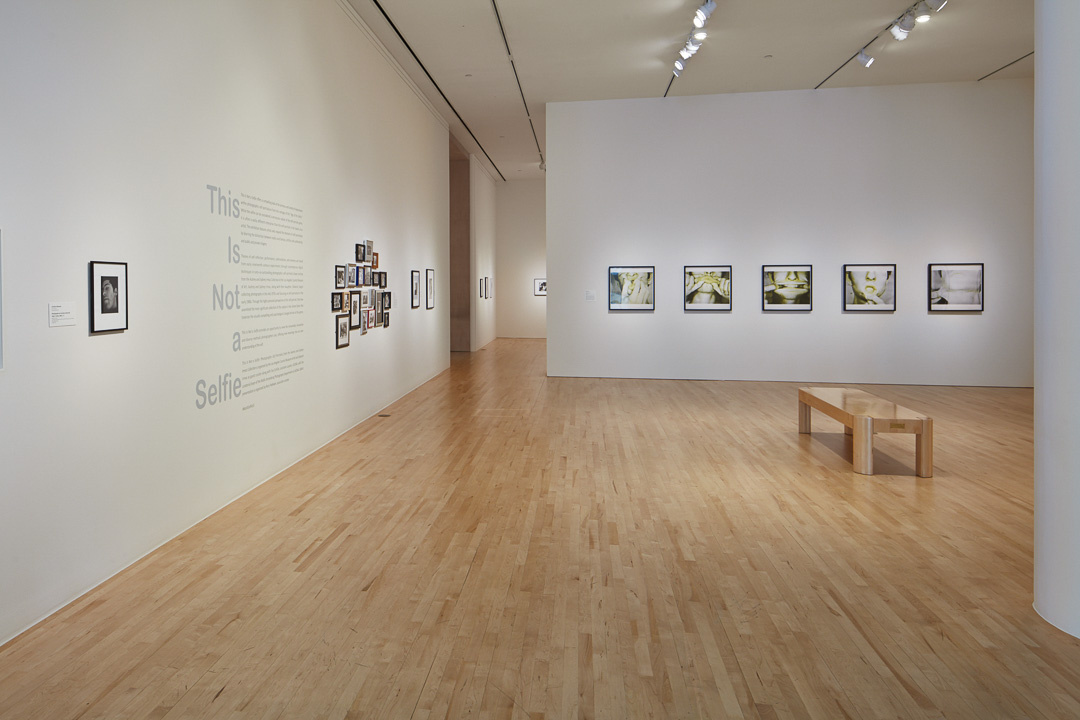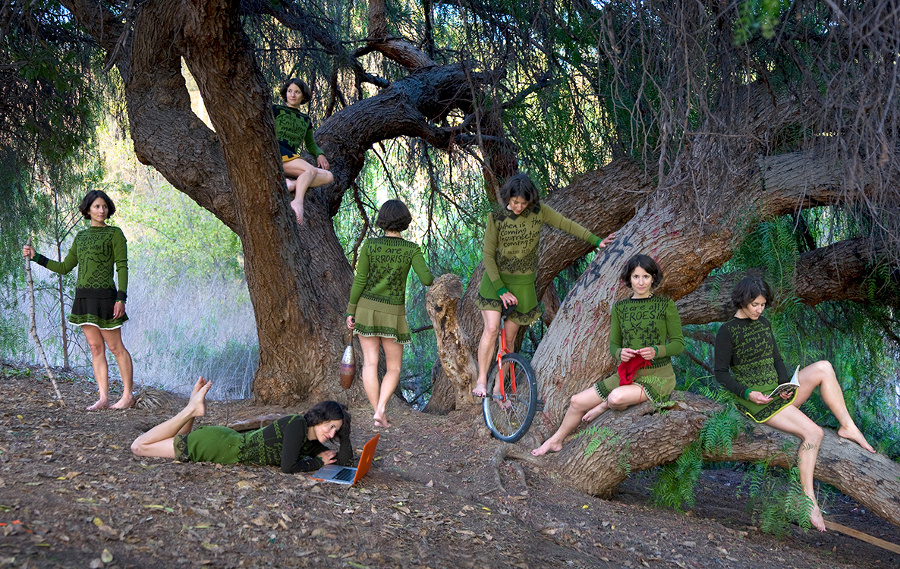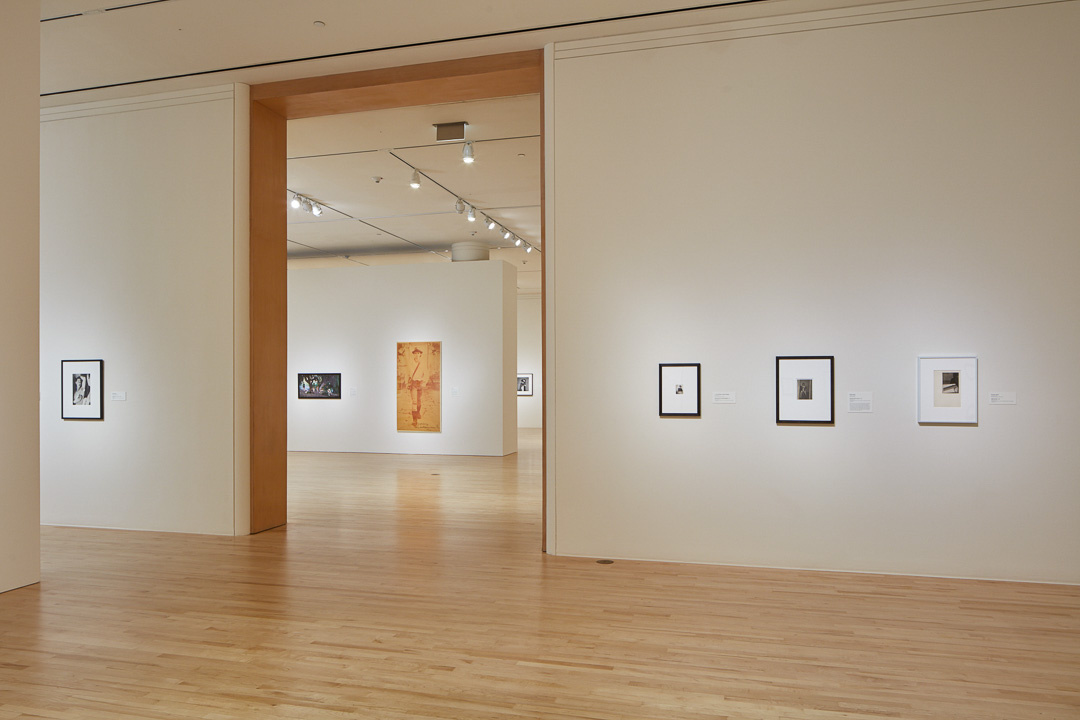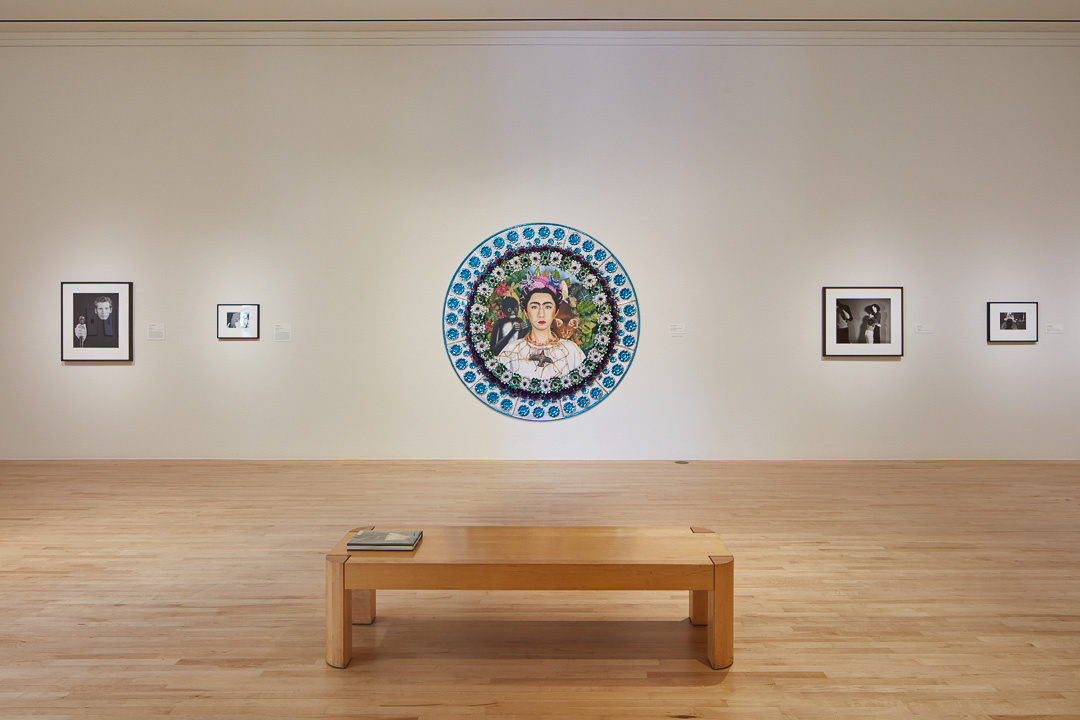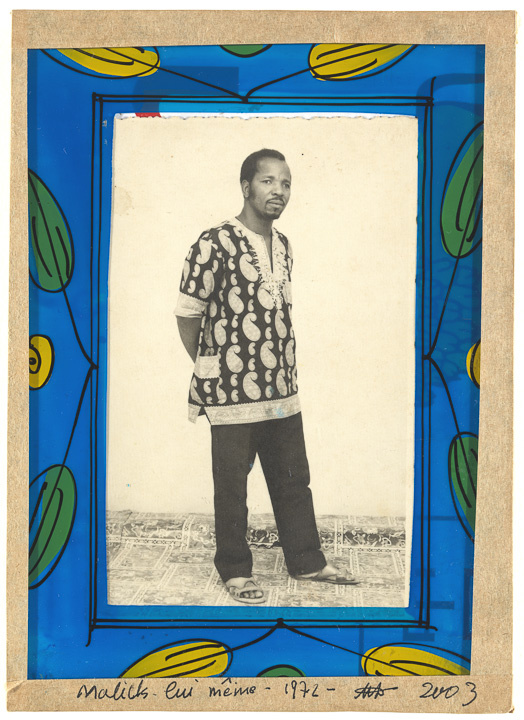A photograph is a secret about a secret. The more it tells you, the less you know.
—Diane Arbus
Social media sites, beginning with Flickr as early as 2004 and soon followed by Facebook, Twitter, and Instagram, have helped to popularize the selfie by encouraging users to tag and share their photos online. Ten years later, Ellen DeGeneres caused a frenzy on social media when she tweeted her now legendary 2014 Oscar selfie with Meryl Streep, Julia Roberts, Bradley Cooper (who took the picture), and other stars. Shared a staggering two million times, her post became the most retweeted photograph of all time and confirmed the selfie as a ubiquitous form of contemporary self-representation.
Today, millions of selfies—from the funny and self-deprecating to the private and sexually explicit—are shared with friends and strangers around the world. But is the selfie the same as the fine art genre of photographic self-portraiture? How are these two forms of photographic self-expression different? Why is it important to make the distinction between the two practices?
Organized by the Los Angeles County Museum of Art (LACMA), This Is Not a Selfie: Photographic Self-Portraits from the Audrey and Sydney Irmas Collection makes its debut at the San Jose Museum of Art. This exhibition features LACMA’s stellar permanent holdings of photography and offers a compelling look at the primacy and variety of expressions within self-portraiture from the vantage of the “Age of the Selfie.”
“In their self-portraits, artists evoke not only who they are as people and what ideas they are exploring, but also who we are as a culture,” writes Deborah Irmas, photography historian and guest curator of the exhibition. “By presenting themselves, these artists allow us to look beyond them, to gain a deeper understanding of what it means for people to live in a complex world of images.” With the selfie firmly in place, it is a particularly prescient moment to revisit the enduring pursuit of the photographic self.
This Is Not a Selfie includes some of the most iconic and groundbreaking images in photographic history produced by artists such as Diane Arbus, Robert Mapplethorpe, Catherine Opie, Cindy Sherman, Alfred Stieglitz, Lorna Simpson, and Andy Warhol. The exhibition traces themes of self-reflection, performance, confrontation, and memory from early nineteenth-century experiments through contemporary digital techniques in sixty-six outstanding photographic self-portraits drawn entirely from the Audrey and Sydney Irmas Collection, the most significant collection of the subject in the United States.
Also included in this exhibition are works by Berenice Abbott, Mehemed Fehmy Agha, Joseph Beuys, Henri Cartier-Bresson, Anne Collier, Robert Frank, Lee Friedlander, Nan Goldin, Yves Klein, Danny Lyon, Vik Muniz, Nadar (Gaspard-Félix Tournachon), Bruce Nauman, Helmut Newton, Leonard Nimoy, Chino Otsuka, Sigmar Polke, and William Wegman, among others.
An illustrated, print-on-demand catalogue will accompany the exhibition, with essays written by Deborah Irmas as guest curator along with Eve Schillo, Assistant Curator, LACMA, and the team at the Wallis Annenberg Photography Department at LACMA, along with a foreword by SJMA’s Oshman Executive Director Sayre Batton.
This Is Not a Selfie: Photographic Self-Portraits from the Audrey and Sydney Irmas Collection is organized by the Los Angeles County Museum of Art and Deborah Irmas as guest curator along with Eve Schillo, assistant curator, LACMA, with the curatorial team of the Wallis Annenberg Photography Department at LACMA. SJMA’s presentation is organized by Rory Padeken, associate curator.
Sponsored by Applied Materials Foundation, the Richard A. Karp Charitable Foundation, Theres and Dennis Rohan, and Dr. Jan Newstrom Thompson and Paul Goldstein.
Virtual preview of This Is Not a Selfie with Rory Padeken, associate curator, and Jeff Bordona, director of education.
Press
10 fall 2017 exhibitions not to be missed, San Francisco ChronicleAugust 25, 2017
Photographers spin their own illusions in ‘Not a Selfie’ at San Jose Museum of Art, Mercury News
September 11, 2017
Fall Arts Preview: 69 Exhibits, Films, Dance Festivals, Musicals, Plays, Lit Events + More Bay Area Performances, 7x7
September 11, 2017
A Museum Show That Welcomes Selfies, KQED Arts
September 13, 2017
